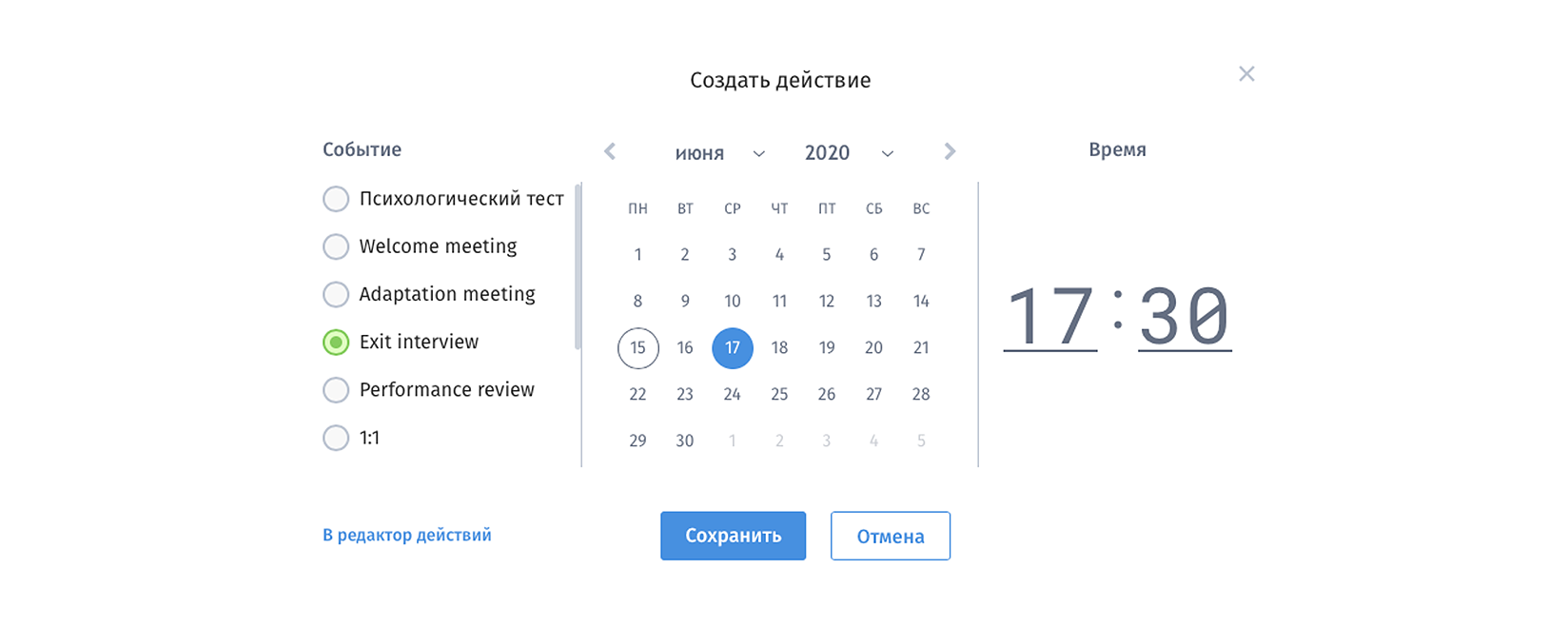Subscribe to the newsletter of articles for HR and recruiters! Be on trend with Hurma ;)
I consent to the processing and use of my personal data in accordance with the Privacy Policy and accept Terms of Service
So, let's figure out what benefits can be obtained thanks to offboarding and how it differs from adaptation.
Saying good-bye to an employee is just as important as welcoming him/her. How you fire a person, even if it is a voluntary fire, affects his attitude towards the company. If you want him to speak well of your company and recommend it to others, it's important to get offboarding right.
Here is a clear example of how not to do it. In April 2020, American scooter rental service Bird laid off 30% of Zoom staff. The video and audio were muted for employees, and a recorded voice announced the "good news." If the company has done this, then the probability that people will want to return, or at least recommend the former employer, is extremely small.
So, let's figure out what benefits can be obtained thanks to offboarding and how it differs from adaptation.

Usually dismissal does not cause positive emotions, but in any situation there are pros and cons. Redundancies can help the company optimize internal processes and become wiser in terms of hiring specialists.
On the other hand, firing and the last interaction with an employee affects the internal and external employer brand. The employee's image of the company depends on the last impressions.
Liberation and adaptation are two parallel lines that never cross. If the onboarding process can be compared to a honeymoon at a new workplace, offboarding is more like a divorce in a situation where both parties want to stay on good terms.
During onboarding, employees get to know their colleagues, the company, study its values and compare them with their own. The purpose of adaptation is the gradual entry of a new employee into the team and building a base for a strong and trusting relationship between the employer and the employee. And dismissal is just a farewell.

When firing an employee, it's important to remember that he's just firing, not flying to Mars. Therefore, it is possible that you will still have to meet.
The main reasons for saying goodbye on a positive note.
People quit for various reasons: there are not enough opportunities for career growth, an inconvenient schedule, and the salary is not satisfactory. Far from always, the reason is a mismatch between corporate culture and human values. That is why specialists can return to the company after some time. Such people are called "boomerangs".
From an organizational perspective, hiring former employees has its advantages. They are already familiar with corporate culture and values. You understand how they work, and when you return, they can perform their functions even more efficiently. The Workplace Trends study showed that 46% of Generation Y would easily return to their former employer.
The last impression, like the first, remains in the memory for a long time. The employee should have positive impressions not only of the first working day, cooperation and fun events, but also of dismissal. In this case, a person will not write angry comments on DOU, but will speak well of the company, increasing the attractiveness of the employer brand.
In order for former employees to become loyal customers, it is important to maintain friendly relations with them. What could be better than a former employee who became a client of the company after being fired? They will become a living proof of your caring attitude towards customers.
Proper offboarding is critical to data security. If the parting was unpleasant, a person may try to harm the company out of anger or despair. For example, delete important files or make the customer base publicly available.
About 20% of companies face information leakage caused by former employees. According to IS Decision research, one in three ex-employees are left with access to systems or data after leaving. Therefore, information leakage is not surprising.
How to make dismissal as painless as possible for both the company and the employee? We suggest using the 9-step algorithm.
Step #1. Be grateful
It is very important to thank people for their work, contribution to the development of the company, spared time and energy. By the way, you need to thank not only employees who are leaving, but also those who continue to work. A study published in The Journal of Applied Psychology found that thanking employees increases their engagement and reduces the likelihood of absenteeism.
Additionally, 64% of employees who recently quit said they left because they didn't receive any thanks.
Step #2. Notify employees that their colleague is resigning
Of course, it may be tempting not to tell the team until everyone finds out somehow, but it's wiser to share the information right away.
The longer you remain silent, the more details the employees will invent themselves. To avoid unnecessary gossip, top managers and HR should immediately inform colleagues about upcoming changes.
Step #3. Arrange the process of transferring cases to another employee
Whether you're hiring someone to replace someone who's leaving or not, it's important to keep their knowledge in-house. What exactly you should know:
You can ask the employee to make a document or video with useful tips for the person who takes his place. If a task can be automated or built into standard workflows, do it and save time and money.
If the person who replaces the former employee lacks experience and knowledge, ask a specialist to share knowledge before leaving. In this way, you will not only save yourself the trouble of training, but also increase the value of the employee who is leaving.
Step #4. Track things that belong to the company
The practical part of the employee dismissal process. Do not forget to ask him to hand over things that belong to the company: company car, phone, laptop, keys, credit cards, uniform and other. This may seem obvious, but many companies forget this and suffer losses.
Step #5. Close access to systems and data
Block employee access to email, CRM systems, internal platforms, and other sensitive sources to avoid data leaks.
Step #6. Conduct an exit interview
A properly conducted Exit Interview can provide a lot of useful information. People can express their opinion about working in the company, advise what could be improved, name your strengths and weaknesses.
Take the exit interview seriously, because how you conduct it will determine the employee's final impression.
List of questions for Exit Interview:
Step #7. Updating information in internal systems
To avoid confusion after the dismissal of an employee, it is worth updating the information in the system immediately.
If a new specialist has already been hired in his place, enter his data: name, surname, phone number.
Step #8. Do not forget about wages
It's hard to believe, but just as some forget to take away their employees' equipment or lock them out, others forget to update their accounting and payroll systems for payroll. Keep track of this so you don't pay someone who no longer works for you.
Step #9. Stay connected
Imagine that you maintain a relationship with an old friend, with whom you communicate from time to time, are interested in his affairs.
You can stay in touch through the personnel reserve or a closed group, to which you can send the latest news of the company, vacancies.
In addition, you may need the help of a former colleague to solve some issue. Therefore, you should not say goodbye forever.
Special software can help you structure the process of firing an employee and spend much less time on it.
Trello

This is the best option for companies that do not have a large budget for the implementation of expensive software. The platform is known as a collaborative project management app, but it can also be used to create a release template.
Click Boarding

The software has unique solutions for adaptation and release. In the application, you can maintain contact with new and former employees, add branded content, create documents, monitor the progress of specialists.
HURMA System
Complex software for automation of recruiting, HR and OKR simplifies the process of employee off-boarding. In the system, you can quickly create an Exit Interview, view staff turnover statistics, conduct surveys and forecast employee layoffs.

Facilitate dismissal
Structuring the process can save both the employee and HR and the manager from unnecessary trouble and stress. A properly conducted off-boarding process will leave each party with a positive impression of joint cooperation.

I consent to the processing and use of my personal data in accordance with the Privacy Policy and accept Terms of Service
 74 Questions for Quality Adaptation
74 Questions for Quality Adaptation
 What are HR dashboards? How to create and use them
What are HR dashboards? How to create and use them